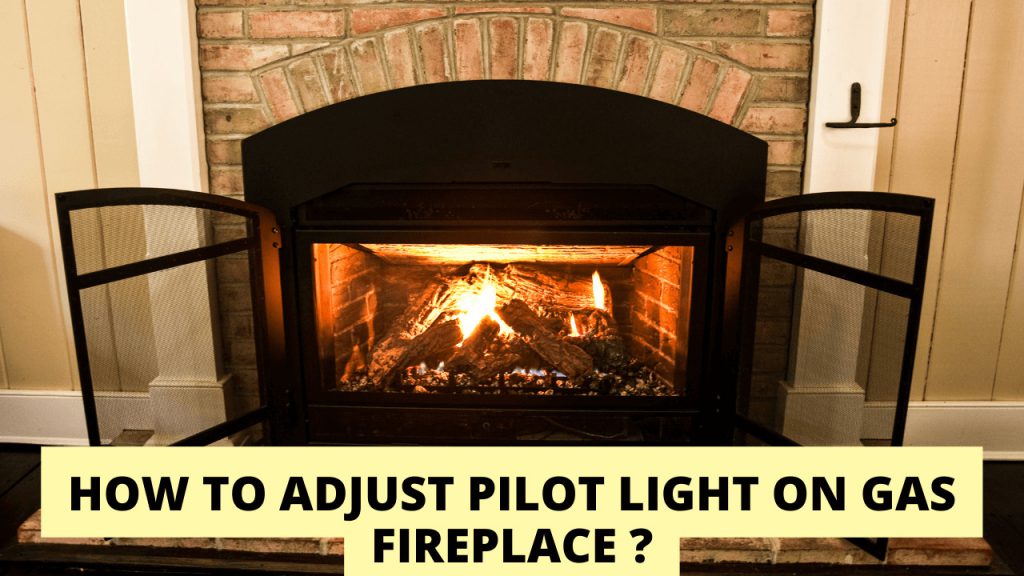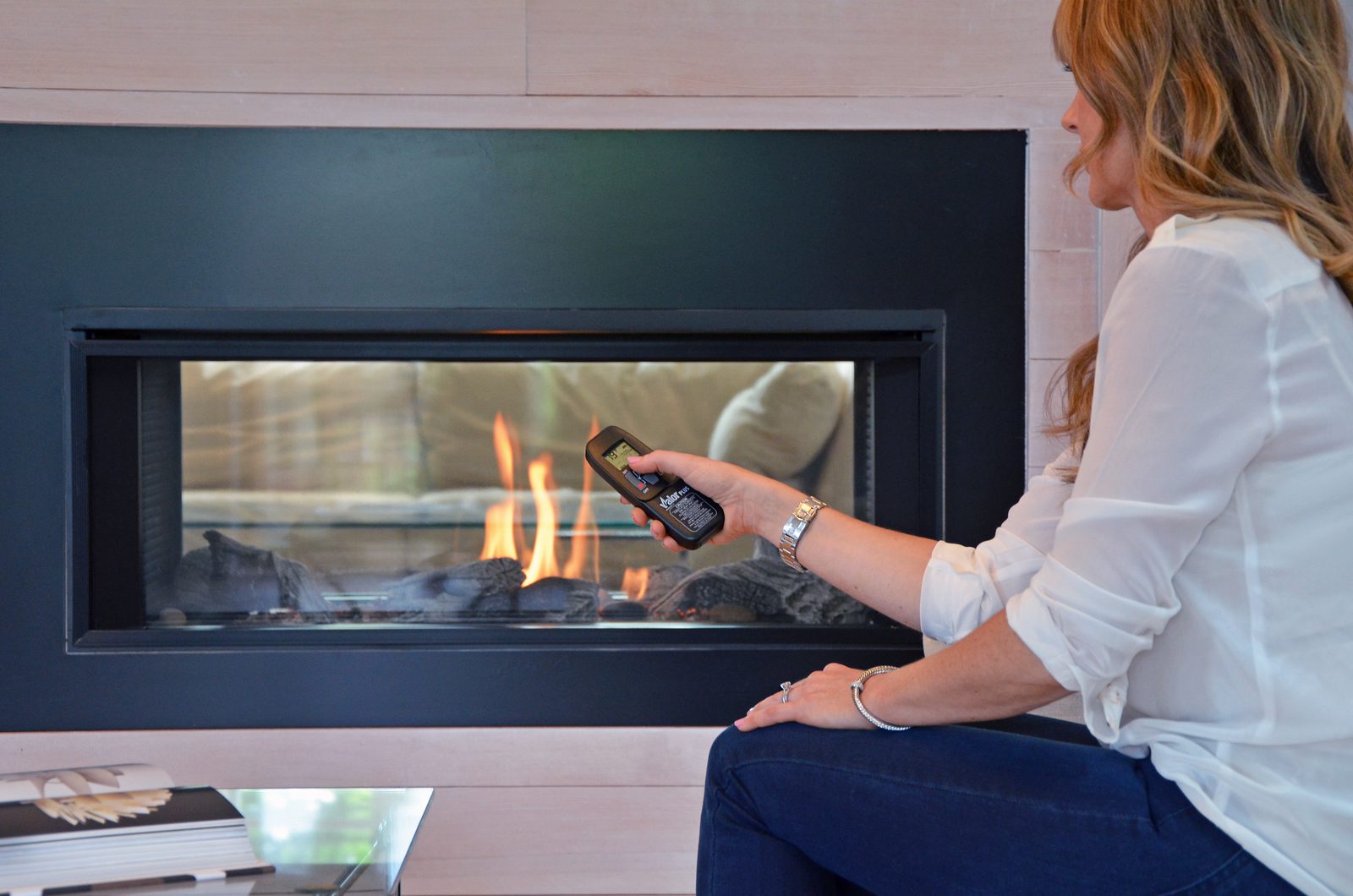Light Pilot Light On Gas Fireplace

Troubleshooting Gas Fireplaces: A Guide to Lighting the Pilot Light and Beyond
Gas fireplaces offer a convenient and efficient heating option for many homes. However, a common issue homeowners encounter is a pilot light that refuses to stay lit. Understanding the system, troubleshooting steps, and necessary safety precautions are crucial for both homeowners and HVAC professionals. This article provides a comprehensive guide to lighting a pilot light on a gas fireplace, along with insights into the HVAC industry and career opportunities in this field.
Understanding the Gas Fireplace System
Before attempting to light a pilot light, it's essential to understand the core components of a gas fireplace. The system generally comprises:
- Gas Valve: Controls the gas flow to the pilot and burner.
- Thermocouple/Thermopile: A safety device that senses the pilot flame and allows the main gas valve to open.
- Pilot Assembly: The small burner responsible for igniting the main burner.
- Burner: The primary source of heat, ignited by the pilot light.
- Igniter: Creates the spark to light the pilot, typically a piezoelectric igniter or hot surface igniter.
- Gas Line: Supplies natural gas or propane to the fireplace.
Step-by-Step Guide to Lighting a Pilot Light
Always prioritize safety when working with gas appliances. If you smell gas, immediately evacuate the area and call your local gas company or a qualified HVAC technician.
- Turn Off the Gas: Locate the gas control valve, typically behind a panel or grate. Turn the knob to the "OFF" position. Wait at least five minutes to allow any accumulated gas to dissipate.
- Locate the Pilot Light Assembly: Refer to your fireplace's manual for the exact location. It's usually near the burner.
- Set the Gas Valve to "Pilot": The gas valve has positions for "OFF," "PILOT," and "ON." Turn the knob to the "PILOT" position.
- Depress the Pilot Button: While holding the knob in the "PILOT" position, press and hold the pilot button. This button allows gas to flow to the pilot light.
- Ignite the Pilot Light: While holding the pilot button, use the igniter button (usually a red or black button) repeatedly until the pilot light ignites. Some fireplaces may have an electronic igniter that sparks automatically.
- Hold the Pilot Button: Continue holding the pilot button for 20-30 seconds after the pilot light ignites. This allows the thermocouple to heat up and generate enough current to keep the gas valve open.
- Release the Pilot Button: Slowly release the pilot button. If the pilot light stays lit, proceed to the next step. If it goes out, repeat steps 4-6. A consistently failing pilot may indicate a faulty thermocouple.
- Turn the Gas Valve to "ON": Once the pilot light stays lit, turn the gas valve knob to the "ON" position.
- Test the Fireplace: Turn on the fireplace using the switch or remote control. Ensure the main burner ignites properly.
Troubleshooting Common Pilot Light Issues
Several factors can cause a pilot light to fail. Here are some common issues and solutions:
- Dirty Pilot Assembly: Dust, debris, or spider webs can clog the pilot assembly. Clean the assembly with a small brush or compressed air.
- Faulty Thermocouple/Thermopile: The thermocouple is responsible for sensing the pilot flame and keeping the gas valve open. If it's not generating enough voltage, the pilot light will go out. A technician can test the thermocouple with a multimeter and replace it if necessary.
- Weak Gas Pressure: Low gas pressure can prevent the pilot light from staying lit. Contact your gas company to check the gas pressure.
- Drafts: Strong drafts can extinguish the pilot light. Ensure the fireplace is properly sealed and that there are no excessive drafts in the room.
- Malfunctioning Gas Valve: A faulty gas valve may not be allowing enough gas to flow to the pilot light. This requires professional diagnosis and repair.
The HVAC Industry and Gas Fireplace Maintenance
The HVAC (Heating, Ventilation, and Air Conditioning) industry is a dynamic and growing field. According to the Bureau of Labor Statistics, the median annual wage for HVACR technicians was $51,390 in May 2021. The job outlook is projected to grow 5 percent from 2021 to 2031, about as fast as the average for all occupations. Gas fireplace maintenance and repair are a significant part of many HVAC technicians' work, especially in regions with colder climates.
Career Paths in HVAC:
- HVAC Technician: Installs, maintains, and repairs heating, ventilation, cooling, and refrigeration systems.
- HVAC Installer: Specializes in installing new HVAC systems, including gas fireplaces.
- HVAC Service Technician: Focuses on troubleshooting and repairing existing HVAC systems.
- HVAC Sales Engineer: Designs and sells HVAC systems for commercial and residential applications.
- HVAC Project Manager: Oversees the installation and maintenance of large-scale HVAC projects.
Essential Certifications for HVAC Professionals
Obtaining relevant certifications can significantly enhance career prospects and earning potential in the HVAC industry.
- EPA Section 608 Certification: Required for technicians who handle refrigerants. This certification demonstrates competency in safely handling and recovering refrigerants to protect the environment.
- NATE (North American Technician Excellence) Certification: A widely recognized certification that validates a technician's knowledge and skills in specific areas, such as installation, service, and efficiency. NATE certification can lead to higher pay and increased job opportunities.
- HVAC Excellence Certification: Another respected certification program that assesses a technician's proficiency in various HVAC disciplines.
- State and Local Licenses: Many states and municipalities require HVAC technicians to be licensed. These licenses typically require passing an exam and completing a certain amount of apprenticeship hours.
Salary Expectations in the HVAC Field
Salaries for HVAC technicians vary depending on experience, location, certifications, and specialization. Entry-level technicians typically earn less than experienced technicians. However, with experience and certifications, technicians can significantly increase their earning potential.
Example Salary Ranges (based on national averages):
- Entry-Level HVAC Technician: $35,000 - $45,000 per year
- Mid-Level HVAC Technician (3-5 years of experience): $45,000 - $60,000 per year
- Senior HVAC Technician (5+ years of experience, NATE certified): $60,000 - $80,000+ per year
- HVAC Supervisor/Manager: $70,000 - $100,000+ per year
The Importance of Continuing Education and Training
The HVAC industry is constantly evolving with new technologies and regulations. It's crucial for HVAC professionals to stay up-to-date with the latest advancements through continuing education and training. This includes attending industry conferences, taking online courses, and participating in hands-on training programs. Staying informed about new energy-efficient technologies, such as variable refrigerant flow (VRF) systems and geothermal heating, can provide a competitive edge in the job market.
Real-World Example: From Apprentice to Master Technician
Consider the career path of Maria Rodriguez. Maria started as an HVAC apprentice after completing a two-year technical program. She worked under the supervision of experienced technicians, learning the fundamentals of HVAC systems, including gas fireplace repair. Maria obtained her EPA 608 certification and then pursued NATE certification in gas heating. After five years of hard work and dedication, Maria became a master technician, specializing in gas fireplace installation and repair. Her expertise and certifications allowed her to earn a higher salary and take on more complex projects. She now mentors apprentices and is a valuable asset to her company.
Hiring Considerations for Employers
When hiring HVAC technicians, employers should look for candidates with the following qualifications:
- Technical Education: Completion of a vocational school or apprenticeship program.
- Certifications: EPA 608, NATE, and other relevant certifications.
- Experience: Proven experience in HVAC installation, maintenance, and repair.
- Problem-Solving Skills: Ability to diagnose and troubleshoot complex HVAC problems.
- Communication Skills: Ability to effectively communicate with customers and colleagues.
- Safety Consciousness: Commitment to following safety procedures and regulations.
Employers should also invest in training and development programs to help their technicians stay up-to-date with the latest technologies and best practices. Offering competitive salaries and benefits can attract and retain top talent in the HVAC industry.
Conclusion
Lighting a pilot light on a gas fireplace can be a simple task, but understanding the underlying system and safety precautions is crucial. For homeowners, this knowledge can save time and money on service calls. For HVAC professionals, gas fireplace maintenance and repair represent a significant career opportunity. By obtaining relevant certifications, staying up-to-date with industry trends, and providing excellent customer service, HVAC technicians can build successful and rewarding careers in this dynamic field. Whether you are a student just starting out, or a seasoned professional seeking to advance your career, the HVAC industry offers a wide range of opportunities for growth and success.










